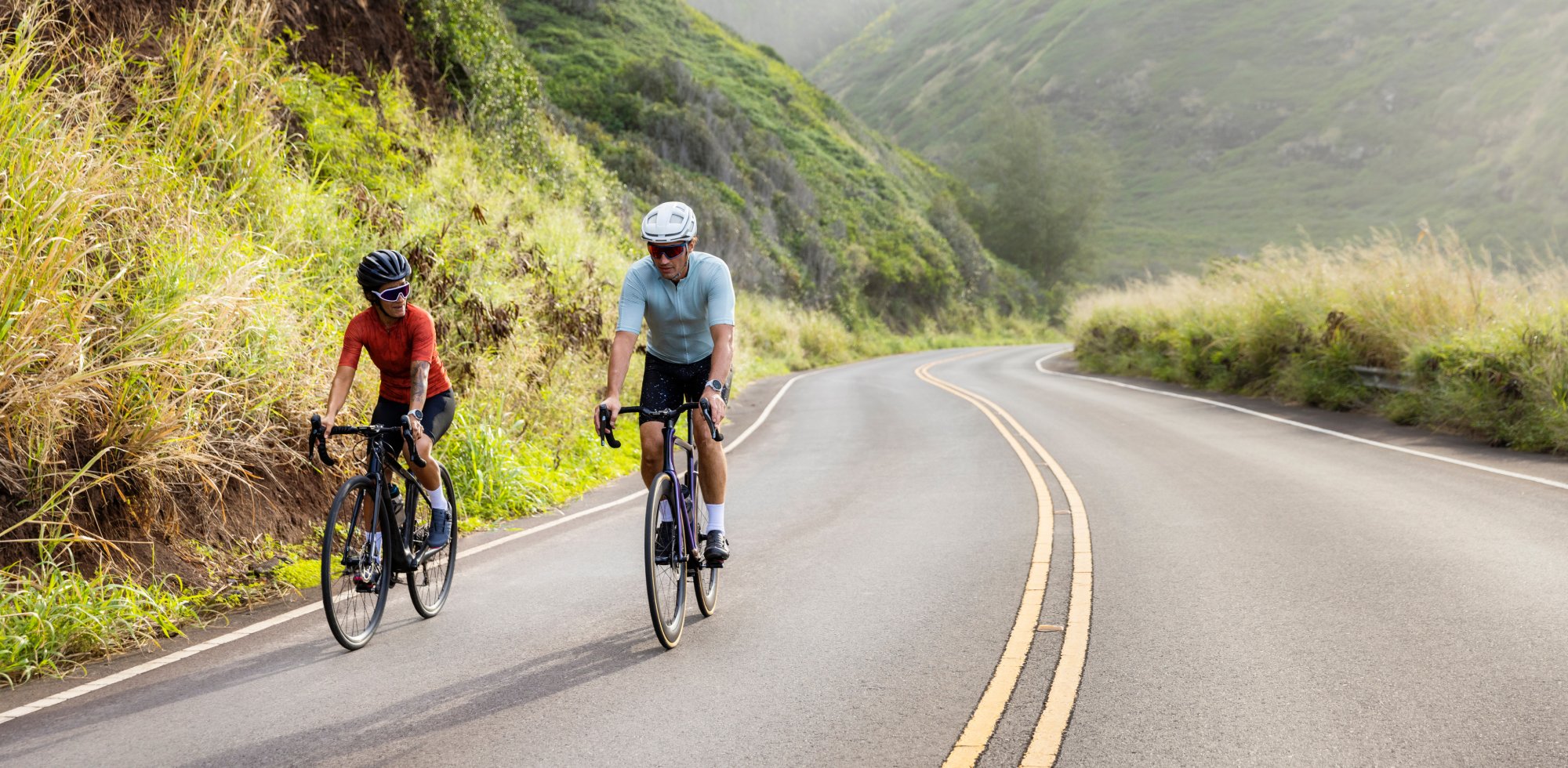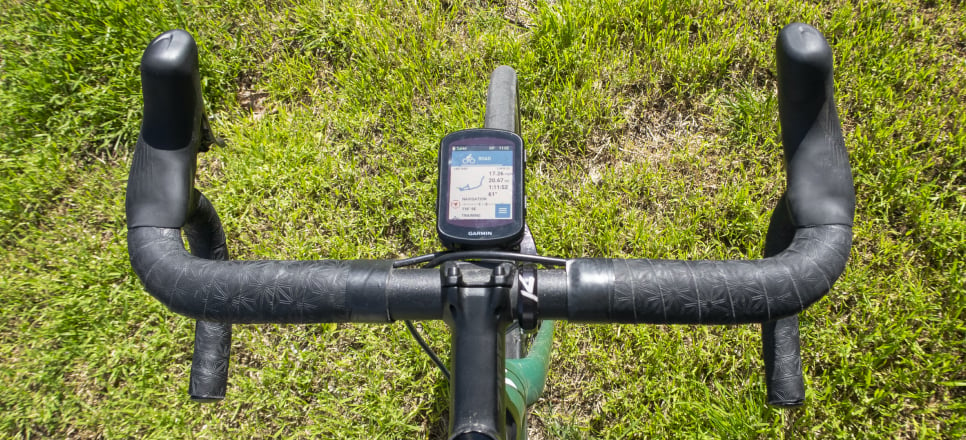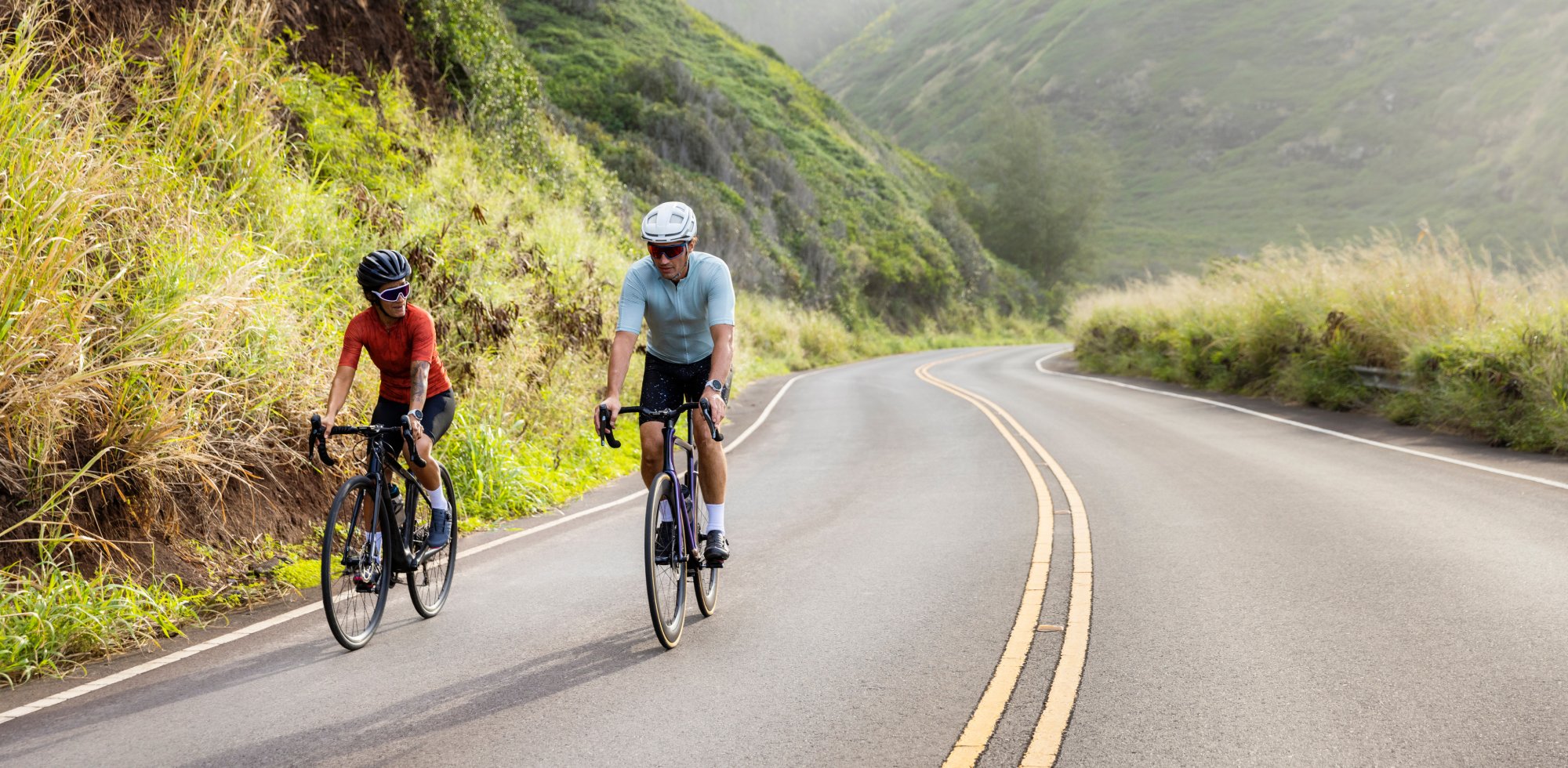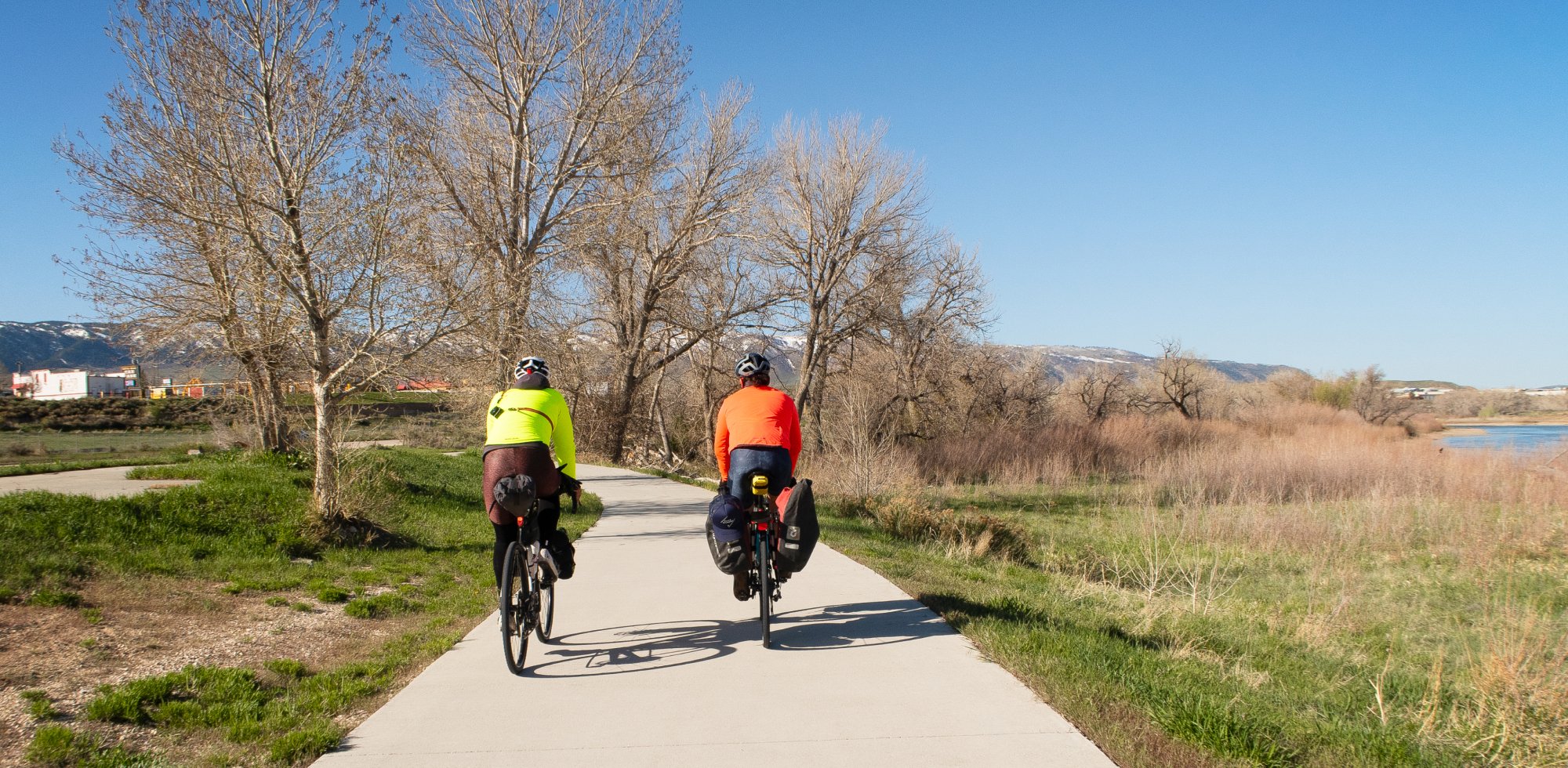Garmin Edge 840 vs Karoo 2
A head-to-head comparison between garmin and hammerhead

What’s new
Garmin’s latest Edge 840, is in close contention with the Hammerhead Karoo 2 as our favorite bike computer. Let’s take a look at what sets these units apart from each other and the features that might help you choose between the two. We’ve had to opportunity to test out both units to learn exactly what we like about them.
Garmin Edge 840 - MSRP $449.99
Garmin’s most affordable touchscreen head unit, the Edge 840 boasts incredible battery life, reliable performance, and plays host to Garmin’s extensive collection of apps and features for navigation, training, and more. For $100 more, you can upgrade to the 840 Solar which further extends the battery life.
SHOP NOWHammerhead Karoo 2 - MSRP $399.99
Hammerhead’s only bike computer, the Karoo 2 is designed around a “smartphone quality” touchscreen and an Android operating system – making it extremely customizable. The large screen also facilitates top-tier navigation and routing options
Interface

If you’ve used Garmin devices before, the internal menus will be familiar. Like most Garmin computers, they are designed to be used in conjunction with the Garmin Connect smartphone app. Garmin Connect makes it easy to customize settings without needing poke through internal menus on the device.
If you are already familiar with Android smartphones, using the Karoo 2 will be a breeze. Familiar gestures and relatively simple menu organization keep setup and operation straightforward. The Karoo 2 does not require an external app to use and can be fully customized and controlled from the device itself.
Screen

Garmin’s screen is simple but works quite well. The backlight adjusts automatically and is visible even in difficult lighting at dawn and dusk. The touchscreen is responsive even when using touchscreen compatible gloves or cold wet hands.

While the Karoo’s smartphone quality display is great for navigation, it can be difficult to view at times due to glare and reflection. In direct light, the backlight has to be turned up very high to keep the screen visible – add some sweat, rain, or mud to the screen and visibility becomes next to impossible. In the rain, the Karoo’s touchscreen will not work and you must activate the rain lock setting to keep from accidentally pausing your ride.
Navigation

Garmin’s navigation, while not exactly,“exceptional,” is functional and works reasonably well. The Edge 840 comes preloaded with US and EU maps and includes bike-specific points of interest along with bike trail maps and difficulty ratings from Trailforks. You can also navigate to a specific address or location without a preloaded route.

The Karoo 2 really does have the best navigation features. The larger touchscreen makes it much easier to use the map than on the Edge 840. The map looks and works great out of the box and the on-the-fly navigation is simple. It is also easy to download maps of new regions when traveling.
Battery Life

Battery life is where the Edge 840 really shines. With 26 hours of run time (up to 42 hours in battery saver mode), the 840 is perfect for even the biggest cycling expeditions. If that’s still not enough charge for you, the 840 Solar (for $100 more) boasts a run time up to 32 hours (up to 60 hours in battery saver mode). The Edge 840 can also be used with Garmin’s Charge power pack for an additional 24 hours of run time.
With a smartphone-quality display, the Karoo 2 also provides smartphone-like battery life. Even with the most conservative battery settings, the Karoo 2 only lasts 14 hours. In normal riding conditions, the Karoo battery tends to last closer to 7-9 hours. This is somewhat limiting for big days of riding.
Connectivity

The Edge 840 is compatible with nearly all sensors, power meters, and heart rate monitors on the market (via Bluetooth or ANT+). It is also compatible with Di2 and SRAM AXS shifting. Uploading of activities takes place via your phone’s Bluetooth connection and the Garmin Connect App. The Edge 840 is also equipped with multi-band GNSS technology that helps to improve location accuracy.

The Karoo 2 adds an extra level of connectivity with a SIM card slot. Because it is designed to be used as a standalone unit that does not require a smartphone companion app, the Karoo 2 can only upload activities to connected services (like Strava) when it is connected to a Wi-Fi network or if you have a SIM card installed. As of 2023, the Karoo 2 is compatible with nearly all sensors, power meters, and heart rate monitors (via Bluetooth or ANT+); however, it is not compatible with Shimano Di2 shifting.
Customization

The Garmin Edge interface is relatively customizable, however, it has its limits. On data screens you can pick between a selection of layouts that are predetermined by Garmin. You can only use apps that exist within the Garmin ecosystem – where there is limited access to 3rd party customization.

On the Karoo 2, the selection of data field layouts is vast and easy to decipher. For the more intrepid technophiles among us, the Karoo 2 can be side-loaded with any Android app (for example, you could use Google Maps or the Zwift companion app on your Karoo). This is process is relatively advanced; however, there are step-by-step guides available that explain the full procedure.

What’s The Same?
Both units do an excellent job at tracking and recording activities and both feature touchscreens along with button navigation. Internal memory for both the Edge 840 and the Karoo 2 is 32GB and both units charge using an industrystandard USB-C waterproof charging port.

Final Thoughts...
After using the Karoo 2 for the past year I am ready to make the switch over to the Garmin Edge. While I have been mostly happy with the Karoo, I am planning for some long rides and bike tours this spring and would prefer a device that can keep up in terms of battery life. Additionally, I have a bike with Shimano Di2 and a bike with SRAM AXS – I want a head unit that works with both. Not being able to check Di2 battery levels on the Karoo 2 anymore was sort of a deal breaker for me.




